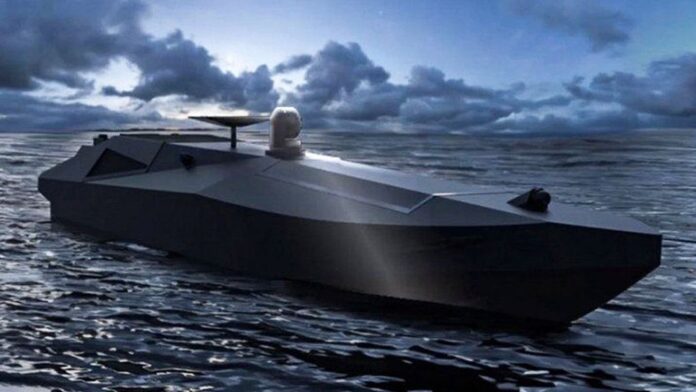AUKUS is the great polariser of Australia’s national security community. Supporters are accused of risking too much for one capability; critics are accused of being unhelpful or lacking belief in Australia.
All this misses the point. We have about 1000 days before a possible conflict breaks out over Taiwan. That is the deadline the American military has set itself to prepare, US defence sources tell me, and Australia must do the same. Yet in choosing to acquire nuclear-powered attack submarines (SSNs), we are incurring a greater opportunity cost to the rest of our defence budget than any other country.

